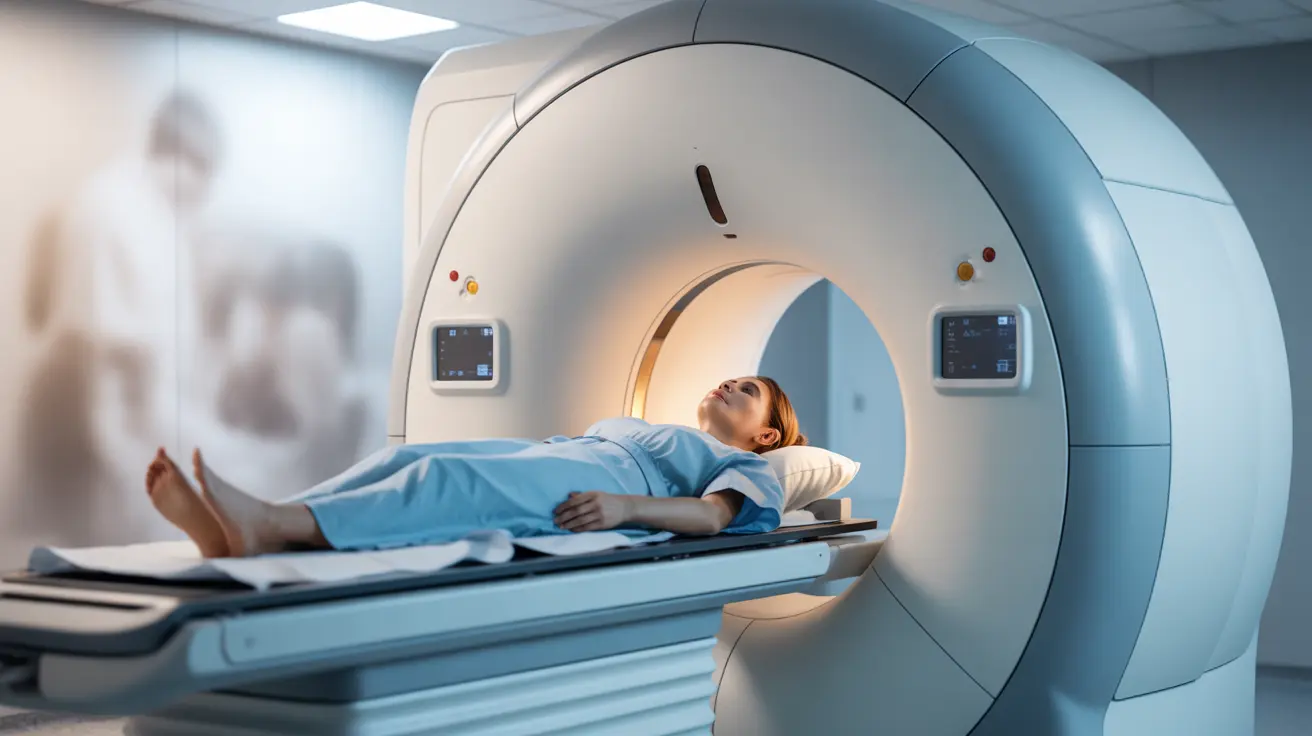A Positron Emission Tomography (PET) scan is an advanced medical imaging technique that helps healthcare providers diagnose and monitor various conditions by revealing how tissues and organs function at the cellular level. Unlike traditional imaging methods, PET scans offer unique insights into metabolic processes within the body, making them invaluable diagnostic tools in modern medicine.
This comprehensive guide will explore how PET scans work, their applications, preparation requirements, and what to expect during the procedure. Understanding this important diagnostic tool can help you feel more confident and prepared if your healthcare provider recommends one.
How PET Scans Work
PET scans use a special radioactive substance called a tracer to detect cellular activity within the body. The most common tracer is a form of radioactive glucose, which cells absorb differently depending on their metabolic rate. Cancer cells, for instance, typically consume more glucose than healthy cells, making them appear as bright spots on PET scan images.
The scanner detects gamma rays produced by the tracer, creating detailed 3D images that show both the structure and function of organs and tissues. This functional imaging capability sets PET scans apart from other diagnostic tools.
Medical Applications of PET Scans
PET scans serve crucial roles in several medical fields:
Cancer Diagnosis and Monitoring
- Detect cancer
- Determine if cancer has spread
- Evaluate treatment effectiveness
- Check for cancer recurrence
Neurological Conditions
- Alzheimer's disease
- Parkinson's disease
- Epilepsy
- Brain tumors
Cardiac Health
- Heart function
- Blood flow to the heart
- Effectiveness of cardiac treatments
- Damage from heart attacks
Preparing for Your PET Scan
Proper preparation is essential for accurate PET scan results. Your healthcare provider will give you specific instructions, which typically include:
- Fasting for 4-6 hours before the scan
- Avoiding strenuous exercise for 24 hours prior
- Wearing comfortable clothing
- Removing metal objects
- Informing staff about medications and medical conditions
The PET Scan Procedure
The procedure typically follows these steps:
- Tracer injection and waiting period (60-90 minutes)
- Comfortable positioning on the scanning table
- Scanning process (20-40 minutes)
- Brief post-scan monitoring
Safety Considerations
While PET scans do involve radiation exposure, the benefits typically outweigh the risks when the scan is medically necessary. The radiation dose is carefully controlled, and the tracer typically leaves your body within a few hours. Your healthcare team will evaluate your individual situation to ensure the procedure is appropriate for you.
Frequently Asked Questions
What is a PET scan and how is it different from other imaging tests like CT or MRI?
A PET scan shows how organs and tissues function at the cellular level, while CT and MRI scans primarily show anatomical structure. PET scans can detect functional changes that may occur before structural changes become visible on other imaging tests.What conditions can a PET scan help diagnose or monitor?
PET scans can diagnose and monitor various cancers, neurological conditions like Alzheimer's and Parkinson's disease, heart conditions, and other metabolic disorders. They're particularly valuable in cancer staging and treatment monitoring.How do I prepare for a PET scan, and are there special instructions for people with diabetes?
General preparation includes fasting for 4-6 hours, avoiding strenuous exercise, and wearing comfortable clothing. People with diabetes need special instructions to manage their blood sugar levels before the scan, as high blood sugar can affect results. Your healthcare provider will provide specific guidelines based on your condition.What are the risks and side effects of having a PET scan, especially regarding radiation exposure?
While PET scans do involve radiation exposure, the amount is carefully controlled and considered safe for most patients. The benefits typically outweigh the risks. Some people may experience mild discomfort from the injection or lying still during the scan, but serious side effects are rare.What should I expect during and after a PET scan procedure?
During the scan, you'll lie still on a table that moves through the scanner. The procedure is painless and typically takes 20-40 minutes. After the scan, you can usually resume normal activities immediately, though you should drink plenty of water to help flush the tracer from your system.




